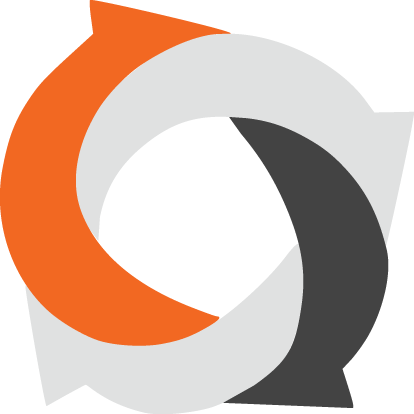Kanban Pull System
The aim of the training is to provide practical knowledge in the field of work standardization.
- Home
- Trainings
- Lean Manufacturing trainings
- Kanban Pull System
Kanban
Very often you will be faced with the situation when implementation of continuous flow in the whole process, from raw materials to finished goods, is not possible. There are ?gaps? between processes where there is no flow. This points can quickly become an areas where inventories accumulate and FIFO is gone. TO avoid such an situation you need to implement clear rules of flow management based on pull system principles. Pull system allows to eliminate overproduction and inventories through giving clear instruction to upstream processes what, when and how many to produce. The practical realization of pull principle must be tailored to specific situation of each and every process: it can be just a simple two-bin system or sophisticated bar-code controlled Kanban system.
During the training principles of pull system will be described as well as guidelines and practical tools for implementation. By doing a Kanban simulation participants will get to know how to design a pull system, what to look for and what are potential threads for its effective work.
After completing the training, participants will be able to:
- identify the threads connected to overproduction and inventory,
- know when implementation of pull system is relevant,
- use Lean tools to create material management system,
- design pull system.
Plan szkolenia
- Ciągły przepływ – wprowadzenie - wykład + dyskusja
- Wdrażanie ciągłego przepływu: analiza procesu, Operator Balance Chart, maszyny, materiały i layout dla przepływu, możliwości dystrybucji pracy pomiędzy operatorami, standaryzacja - wykład + dyskusja + przykłady + ćwiczenie
- Reakcja na zmiany w zapotrzebowaniu klienta - wykład + przykłady
- Wdrożenie, utrzymanie i doskonalenie gniazd i linii - wykład + dyskusja + przykłady
Opcja: dodatkowe dwa dni warsztatowe dla grupy max. 12 osób
- Wybór obszaru pilotażowego
- Stworzenie zespołów roboczych i podział zadań
- Analiza procesu: chronometraż, sekwencja produkcji, wykres spaghetti, analiza potrzeb materiałowych (zużycie materiałów)
- Podsumowanie i prezentacja analiz, wykres balansowania operatrów
- Opracowanie koncepcji nowej organizacji linii: wyliczenie koniecznej liczby operatorów, balansowanie pracy, layout procesu, prezentacja materiałów, dostawy do linii, organizacja stanowisk
- Dokumentacja projektu zmian
- Wyliczenie kosztów i korzyści zmian
- Planowanie projektu wdrożenia
- Prezentacja dla kierownictwa i podsumowanie warsztatów
Would you like to receive an offer for this training?
Fill out the contact form and we will contact you as soon as possible.

